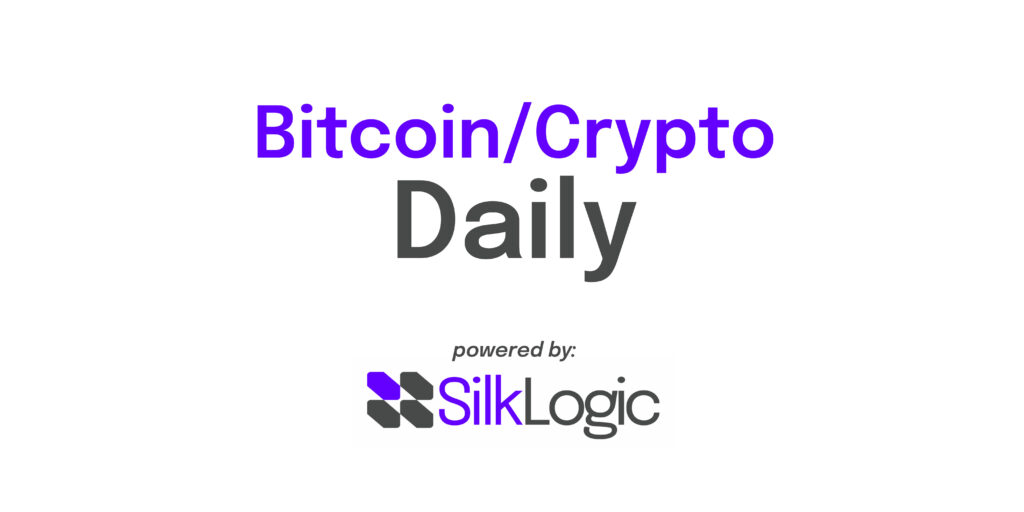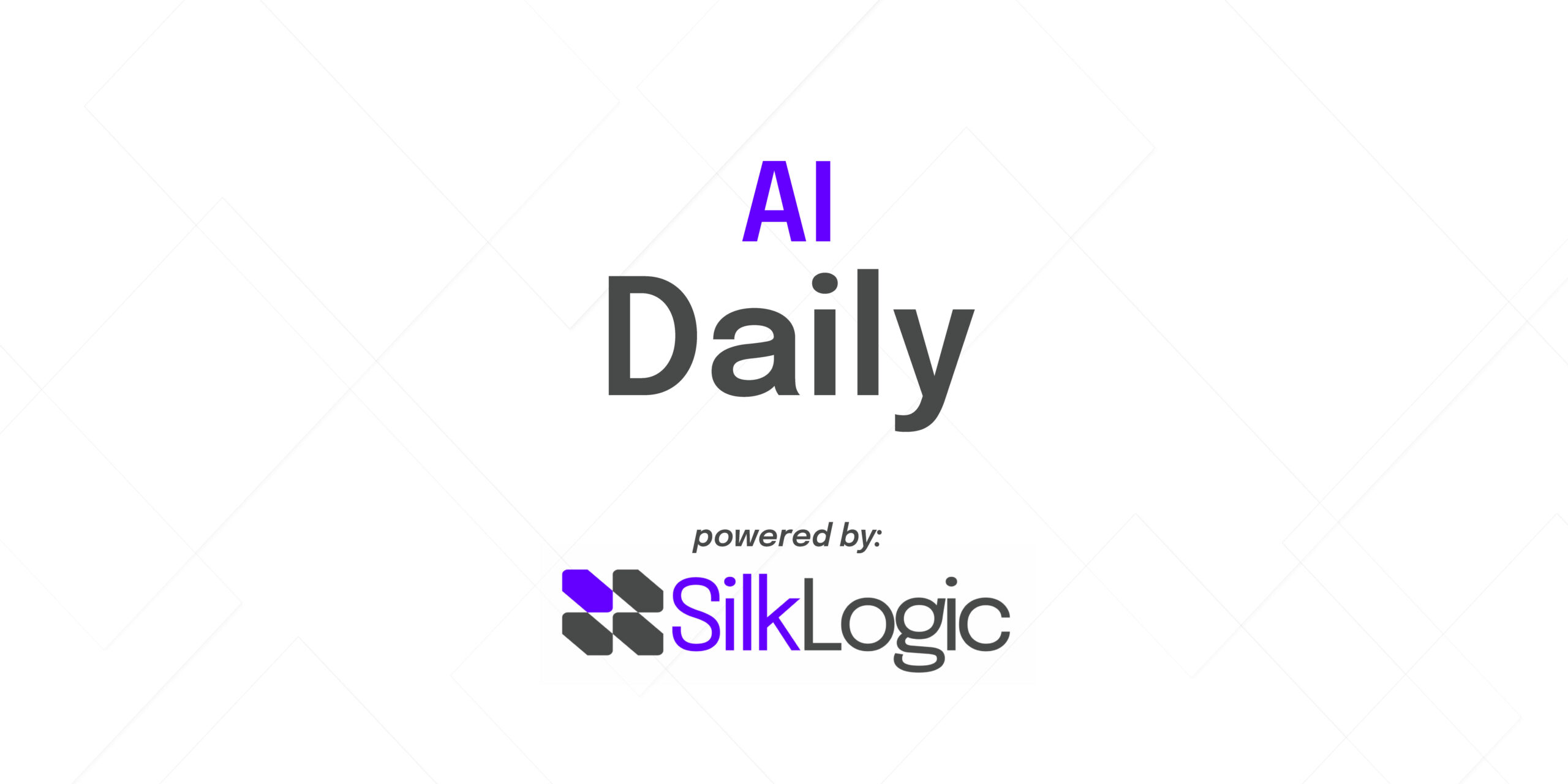Listen to today’s podcast: https://www.youtube.com/channel/UC-nqwUyvLDEvs7bV985k-gQ
Bitcoin/Crypto Daily Podcast 11/03/2025
Today’s podcast episode was created from the following stories: a mix of macro warnings, regulatory maneuvers, mining and energy developments, institutional signals, and real-world blockchain use cases shaping the market’s next chapter.
‘This Is Crazy’—Elon Musk Issues Serious $38 Trillion U.S. ‘Bankruptcy’ Warning, Predicted To Blow Up The Bitcoin Price
Elon Musk warned the U.S. could face a $38 trillion “bankruptcy” scenario amid unchecked debt and spending, calling the situation “crazy.” His remarks suggest crypto wouldn’t be immune to a severe U.S. downturn, even as bitcoin is often viewed as an inflation hedge. Markets are watching policy moves—and high‑profile commentary like Musk’s—for clues on volatility ahead.
Bitcoin Mining: The Unlikely Catalyst For Cheaper Energy In Texas
Texas has become a hub for bitcoin mining thanks to cheap power and a flexible ERCOT market, with miners increasingly acting as large, dispatchable loads that help stabilize the grid. Luxor launched an energy arm that lets miners post bitcoin as collateral and respond to real-time dispatch signals, while CleanSpark expanded capacity and Giga Energy turns flared gas into power. The trend points to miners financing new generation, supporting renewables, and providing demand response, even as transparency and infrastructure‑security debates continue.
November Could Be the New October for U.S. Crypto ETFs After Shutdown Delays SEC Decisions
After an October stall from the U.S. government shutdown, some issuers used “no delaying amendment” S‑1 filings to bring spot crypto ETFs to market without an active SEC sign‑off. Four funds listed this week, and updated filings from Fidelity (Solana) and Canary (XRP) could allow more launches as early as November 13 if the SEC doesn’t intervene. Still, analysts warn the workaround has limits where filings haven’t been meaningfully reviewed.
El giro inesperado del CEO de JPMorgan. Jamie Dimon admite que se equivocó y reconoce que las criptomonedas “son reales”
At FII in Riyadh, JPMorgan CEO Jamie Dimon—long a crypto skeptic—acknowledged that stablecoins and smart contracts are “real” and will be used to deliver better financial services. The shift aligns with JPMorgan’s tokenized‑deposit pilot (JPMD) on Base and a broader move toward a hybrid model blending traditional banking with blockchain rails. It’s a high‑profile signal that major institutions see practical utility in regulated digital assets.
Bitcoin müsste in diesen Tagen eigentlich neue Preisrekorde brechen, doch die Stimmung am Markt für Kryptowährungen ist schlecht. Was läuft schief?
Despite bitcoin holding above $100,000, sentiment has soured, and the classic four‑year post‑halving pattern looks less predictive this cycle. Researchers argue liquidity, rates, and the U.S. election calendar now matter more, implying a lengthened cycle with potential altcoin catch‑up later—especially if more altcoin ETFs launch. The biggest risk may be an equities pullback that spills over into crypto.
FTX creditor says real recovery could be as low as 9% amid inflated crypto prices
An FTX creditor representative estimates the “real” recovery for creditors could be 9%–46% when measured in crypto terms, because bitcoin, ether, and solana prices have surged since the 2022 collapse. While fiat repayments are slated at roughly 143%, that doesn’t make victims whole in coin‑denominated value; airdrops from third‑party projects could improve outcomes at the margin. Separately, Sam Bankman‑Fried’s appeal is set for November 4.
Bitcoin showing signs of being in the midst of initial coin offering, analyst says
Macro analyst Jordi Visser says bitcoin is in an “IPO‑like” redistribution phase as long‑dormant coins move and new buyers accumulate on dips, producing a grinding consolidation. Fundamentals—ETF traction, record hashrate, and stablecoin growth—remain supportive even as sentiment is weak. Visser expects this phase could last months and ultimately reduce volatility as ownership broadens.
Bitcoin Acting Like An ICO—What This Could Mean
Echoing that view, coverage of Visser’s thesis notes BTC’s tight trading range and recurring “fear” readings alongside steady accumulation. The analogy to post‑IPO lockup dynamics suggests frustrating sideways action before a quieter transition to the next leg. If distribution completes, volatility could ease as supply spreads to more market participants.
Iran, now the world’s fourth-largest crypto mining hub, is battling a surge in illegal mining as 95% of rigs run unlicensed, straining the national power grid.
Iran has become a top global crypto‑mining hub, but authorities say more than 95% of the country’s 427,000 devices operate unlicensed, straining the power grid with around‑the‑clock demand. Crackdowns have shuttered unauthorized farms and seized equipment, and the government is paying bounties to citizens who report illegal rigs. Subsidized electricity and disguised industrial sites have made enforcement a persistent challenge.
Blockchain has earned its place in sports as core infrastructure
In sports, blockchain is moving from arena sponsorships to core infrastructure powering ticketing, identity, loyalty, and rights management at stadium scale. Teams are consolidating on single, purpose‑built networks to curb fraud, automate payouts, and standardize data, with success measured by venue throughput, privacy, and auditability. Fans interact with the tech invisibly in team apps, a path that could drive broader mainstream adoption.





